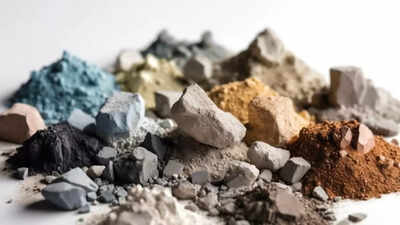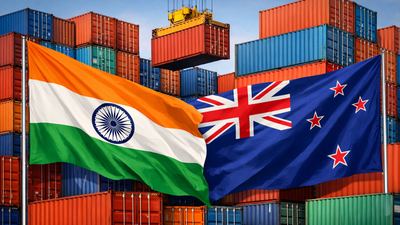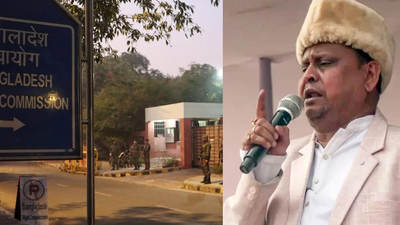India moves to boost critical minerals production! Cabinet approves rationalization of royalty rates; to counter China’s monopoly & export restrictions

In a move aimed at boosting the production of critical minerals in the country, PM Narendra Modi-led Union Cabinet on Wednesday approved the rationalization of royalty rates of graphite, caesium, rubidium and circonium minerals. These minerals are critical for green energy needs.The move comes at a time when China, which holds the world monopoly in critical minerals production, is increasingly imposing export restrictions.
The decision aims to facilitate the auctioning of mineral blocks containing caesium, rubidium and zirconium, which will unlock these resources along with associated critical minerals such as lithium, tungsten, REES, niobium and others.
India moves to boost critical minerals production
- Changing royalty from per tonne basis to ad valorem basis
- For graphite with 80% or more carbon: 2% of Average Sale Price (ASP)
- For other grades: 4% of ASP
- Zirconium: 1% of ASP
- Rubidium and Caesium: 2% of ASP
- Graphite, Zirconium, Rubidium and caesium blocks to be auctioned
- Relevant amendments in the Second Schedule of Mines and Minerals Development Act
The implementation of ad valorem-based royalty rates for graphite will accurately reflect price variations across different grades. The increased domestic production of these minerals will help reduce import dependency, strengthen supply chains and create new job opportunities within the country, according to the government release.Also Read | Countering Trump tariffs impact! Modi government approves new Export Promotion Mission & credit guarantee scheme for exporters; check detailsThese minerals – graphite, caesium, rubidium and zirconium – are crucial for advanced technological applications and energy transformation. Graphite and zirconium are included among the 24 critical and strategic minerals specified in the Mines and Minerals (Development and Regulation) Act, 1957 (MMDR Act).Graphite plays an essential role as an anode material in electric vehicle (EV) batteries, providing superior conductivity and charge storage capabilities. India currently imports 60% of its graphite requirements. India has 9 operational graphite mines, with 27 additional blocks already auctioned. Additionally, GSI and MECL have provided 20 graphite blocks for future auctions, whilst 26 blocks remain under exploration.Zirconium, a metal known for its outstanding resistance to corrosion and stability at high temperatures, finds applications across nuclear energy, aerospace, healthcare and manufacturing sectors. Caesium’s primary applications are in advanced electronics, specifically in atomic clocks, GPS systems, precision instruments and medical equipment, including cancer treatment devices. The usage of Rubidium extends to the production of specialised glass utilised in fibre optics, telecommunication networks and night vision equipment.The xentral government released NIT on September 16, 2025, announcing the Sixth Tranche auction of critical mineral blocks. This includes 5 graphite blocks, 2 rubidium blocks, and single blocks of caesium and zirconium. The Union Cabinet’s current approval regarding royalty rates will enable bidders to submit reasonable financial bids during the auction process.Since September 1, 2014, graphite’s royalty rate has been calculated on a rupees per tonne basis, making it unique among critical and strategic minerals. Given the price variations across different graphite grades, authorities have now opted for an ad valorem basis for royalty calculation. This ensures that royalty collections across various grades accurately reflect mineral price fluctuations. Most critical minerals have maintained royalty rates between 2% and 4% in recent years.






